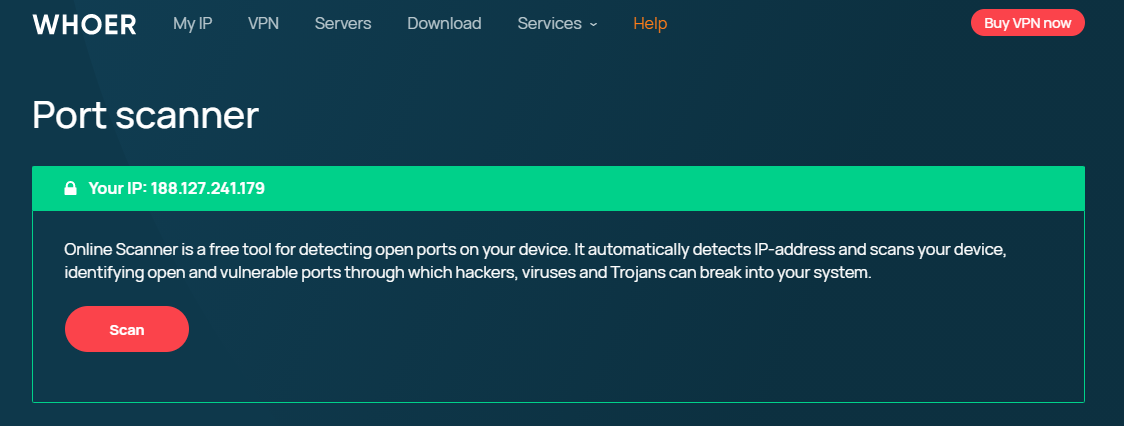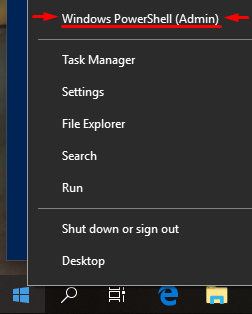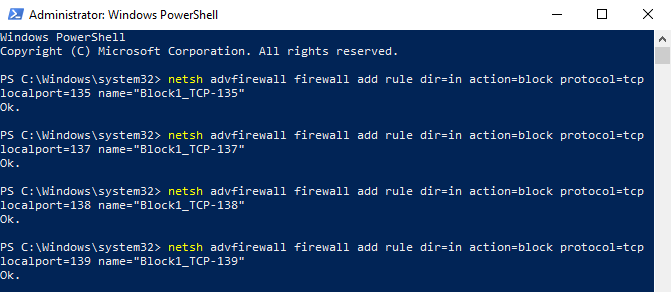In today’s world, almost tens of computers become infected with dangerous viruses, and more and more users start looking for ways to improve safety of their personal computers.
Most frequently, the affected PCs are powered by Window operational system. This happens because most viruses infiltrate the OS via certain inputs, so called “ports,” which, unfortunately, are active by default.
Simply put, the term “port” can be defined as a reference number of incoming connection of external programs (including viruses) to your computer through the IP-network. Each port is assigned a unique number for identification of the only possible receiver of the data in the operational system.
Having entered a computer, viruses begin to infect data of the user and open all closed before ports in Windows in order to spread faster into the system. To avoid this, it is necessary to block the most vulnerable ports, which allows to prevent the possibility of infection and increase safety in Windows to a higher level.
The most vulnerable ports in
Windows 7–10
Analysis of the most serious virus attacks shows that 80% of hazardous traffic comes through 4 ports used for data exchange between different versions of the Windows OS. The most vulnerable open ports are:
TCP port 445 (used for file exchange), TCP port 139 (used for remote connection to the computer), UDP port 137 (used for searching information on other computers), TCP port 135 (used for execution of commands).
How to check which ports are open
To find out if your device has open vulnerable ports, use the port scanner from Whoer.net. By identifying your IP address and using nmap, the open ports service will show you which ports are open on your device and which programs are using them. You’ll get an outside view to clearly understand how vulnerable your device is and how open to the dangers of the Web.

How to close ports 135–139 and 445 in Windows?
There are many ways to close ports in Windows, but in this article we will look at the simplest methods of how to do this.
Method 1 – using the command line
Command-line ( Powershell ) in Windows is used to set those parameters of the system that do not have a graphical interface. And these are exactly the functions performed by the above open connection ports.
The Powershell can be accessed like at the screenshot:

Or right-click at the Windows icon, and choose Windows PowerShell (Admin), it means that you will open a terminal with Admin rights.
Next, you will see a window with a blue background. Copy and insert the below lines in this window, then press Enter:
netsh advfirewall firewall add rule dir=in action=block protocol=tcp localport=135 name=“Block1_TCP-135”
netsh advfirewall firewall add rule dir=in action=block protocol=tcp localport=137 name=“Block1_TCP-137”
netsh advfirewall firewall add rule dir=in action=block protocol=tcp localport=138 name=“Block1_TCP-138”
netsh advfirewall firewall add rule dir=in action=block protocol=tcp localport=139 name=“Block_TCP-139” (this command will close port 139)
netsh advfirewall firewall add rule dir=in action=block protocol=tcp localport=445 name=“Block_TCP-445” (this command will close port 445)
netsh advfirewall firewall add rule dir=in action=block protocol=tcp localport=5000 name=“Block_TCP-5000”

These six commands will close four specified above, the most dangerous open ports in Windows, and port 5000, which identifies open services, as well as UDP port 138 of NetBIOS name resolution.
Method 2 – using third-party software
In order to avoid manual work with the command line, you can use third-party software. The working principle here comes down to the same edition of the registry as in the method described above, but with the visual display.
We recommend you to use Windows Doors Cleaner, this software will easily close ports on your computer (in Windows 10–7: this software is not supported by the older versions of the OS).
Instruction on how to use the software for closing ports
- Download and install the software on your computer
- Launch the installed software under administrator privileges
- In the appeared window, by pressing Close and Disable buttons you will deactivate or close all vulnerable ports in Windows
- Once the necessary changes were made, restart the Windows
It is important to note that this software will help not only close the ports, but also open them.
Conclusion
Besides closing vulnerable ports on your computer, you should also remember that these actions alone cannot provide maximum safety to the operational system.
You should additionally install critical update packages, antivirus software, secure Internet browsers, and other software that improves safety and anonymity on your Windows.
Leave your comments about protection of network ports and share with us useful methods of how to increase confidentiality on your computer. Remember to share a link to this article with your friends, so that they also knew how to close open ports in Windows.